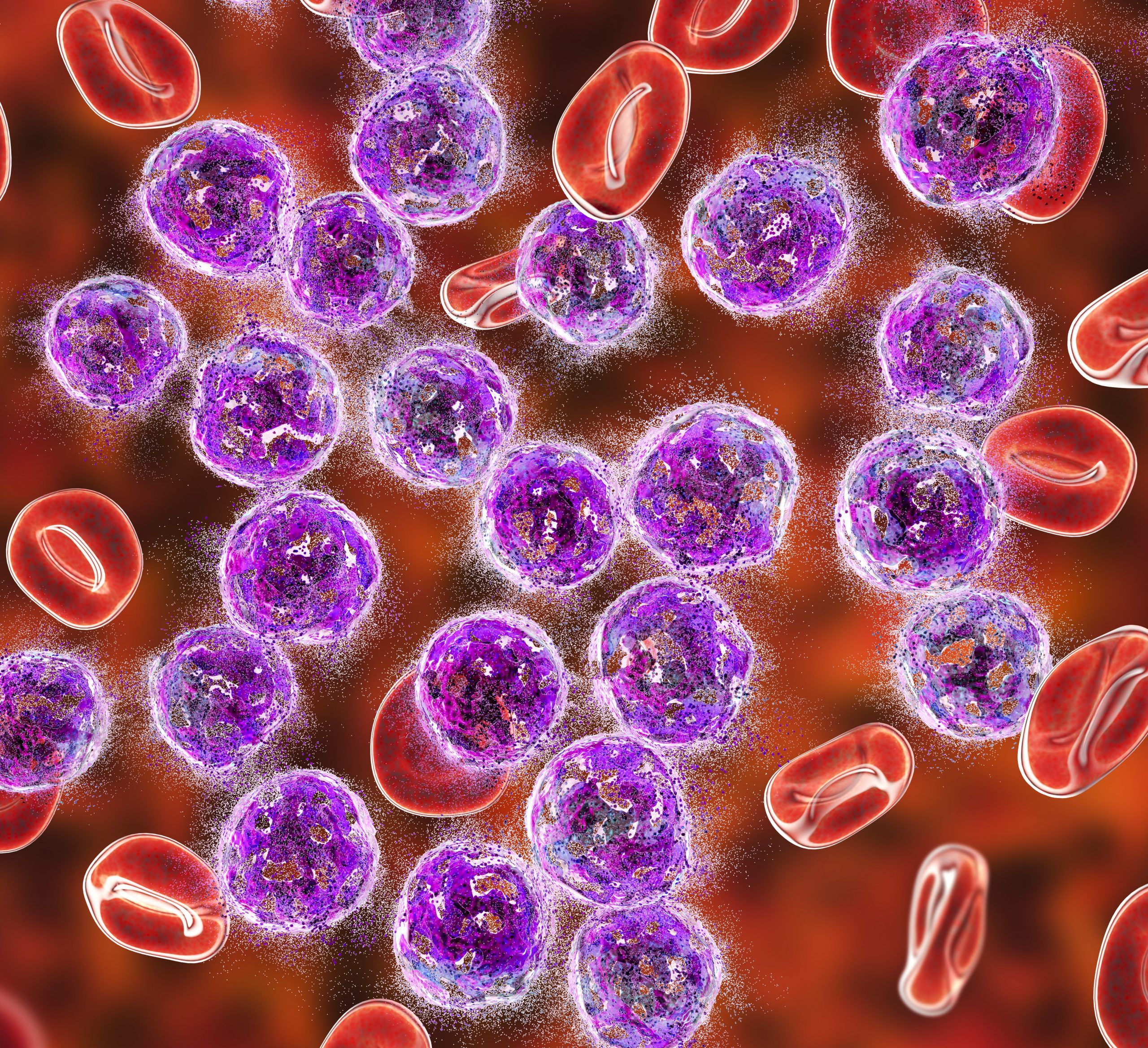Article
Jakafi Approved for Polycythemia Vera
Author(s):
The FDA has approved Jakafi (ruxolitinib) as a treatment for patients with polycythemia vera who are resistant or intolerant to hydroxyurea, based on findings from the phase 3 RESPONSE trial.
The Food and Drug Administration (FDA) has approved Jakafi (ruxolitinib) as a treatment for patients with polycythemia vera who are resistant or intolerant to hydroxyurea, based on findings from the phase 3 RESPONSE trial. The FDA’s action makes Jakafi, a JAK1/2 inhibitor, the first treatment specifically approved for patients with polycythemia vera.
In the RESPONSE trial, hematocrit control without phlebotomy was achieved for 60 percent of patients treated with Jakafi compared with 20 percent receiving best available therapy. The primary endpoint of the trial looked specifically at the number of patients who achieved hematocrit control without phlebotomy from week 8 to 32 and experienced greater than a 35 percent reduction in spleen volume by week 32. Overall, 21 percent of patients who received Jakafi met this criteria compared with 1 percent for best available therapy, according to results presented at the 2014 annual meeting of the American Society for Clinical Oncology this past summer.
The FDA first approved Jakafi as a treatment for patients with intermediate and high-risk myelofibrosis in late 2011. This approval included the treatment of primary myelofibrosis, post-polycythemia vera myelofibrosis and post-essential thrombocythemia myelofibrosis. This approval was based on results from two studies that demonstrated a reduction in spleen size with the treatment.
“The approval of Jakafi for polycythemia vera underscores the importance of developing drugs matched to our increasing knowledge of the mechanisms of diseases,” Richard Pazdur, director of the Office of Hematology and Oncology Products in the FDA’s Center for Drug Evaluation and Research, said in a statement. “The trial used to evaluate Jakafi confirmed clinically meaningful reductions in spleen size and the need for phlebotomies to control the disease.”
In the RESPONSE trial, 222 patients with polycythemia vera were randomized to Jakafi or best available therapy, which included hydroxyurea, interferon, observation and other treatments. Approximately 95 percent of patients in both arms tested positive for a mutation in JAK2 V617F. Altogether, 96 patients in the best available therapy arm crossed over to receive Jakafi. At week 32, 24 percent of patients treated with Jakafi achieved a complete hematologic remission (CHR) compared with 9 percent for best available therapy. Additionally, 88.5 percent of patients maintained a CHR at week 48.
In total, 91 percent of patients maintained a response to Jakafi following 48 weeks of treatment. The probability of maintaining a primary response to ruxolitinib for one year was 94 percent. At a median follow-up of 81 weeks, 85 percent of patients randomized to Jakafi remained on therapy.
The rates of grade 3/4 anemia and thrombocytopenia were less in the Jakafi arm compared with best available therapy (1.8 percent compared with 5.5 percent and 0 compared with 3.6 percent, respectively). Symptom improvement favored Jakafi, with 49 percent of patients experiencing at least a 50 percent improvement from baseline compared with 5 percent for best available therapy.
“The approval of Jakafi represents an important advance for patients with uncontrolled PV. For the first time we are able to provide these patients a treatment that has been shown to provide effective and consistent control of their blood counts and reduce spleen volume,” Srdan Verstovsek, professor at the Department of Leukemia at The University of Texas MD Anderson Cancer Center, said in a statement.
You can read more about PV in CURE's "A Patient's Guide to Myeloproliferative Neoplasms."




